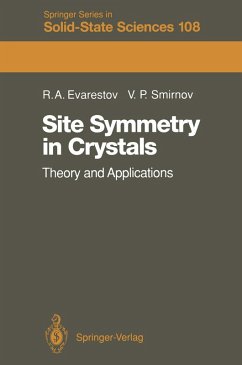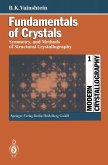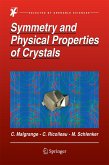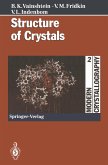The history of applications of space group theory to solid state physics goes back more than five decades. The periodicity of the lattice and the definition of a k-space were the corner-stones of this application. Prof. Volker Heine in Vol. 35 of Solid State Physics (1980) noted that, even in perfect crystals, where k-space methods are appropriate, the local properties (such as the charge densi ty, bond order, etc.) are defined by the local environment of one atom. Natural ly, "k-space methods" are not appropriate for crystals with point defects, sur faces and interfaces, or for amorphous materials. In such cases the real-space approach favored by chemists to describe molecules has turned out to be very useful. To span the gulf between the k-space and real space methods it is helpful to recall that atoms in crystalline solids possess a site symmetry defined by the symmetry of the local environment of the atom occupying the site. The site symmetry concept is familiar to crystallographers and commonly used by them in the description of crystalline structures. However, in the application of group theory to solid state physics problems, the site symmetry approach has been used only for the last ten to fifteen years. In our book Methods oj Group Theory in the Quantum Chemistry oj Solids published in Russian in 1987 by Leningrad University Press we gave the first results of this application to the theory of electronic structure of crystals.
Dieser Download kann aus rechtlichen Gründen nur mit Rechnungsadresse in A, B, BG, CY, CZ, D, DK, EW, E, FIN, F, GR, HR, H, IRL, I, LT, L, LR, M, NL, PL, P, R, S, SLO, SK ausgeliefert werden.









